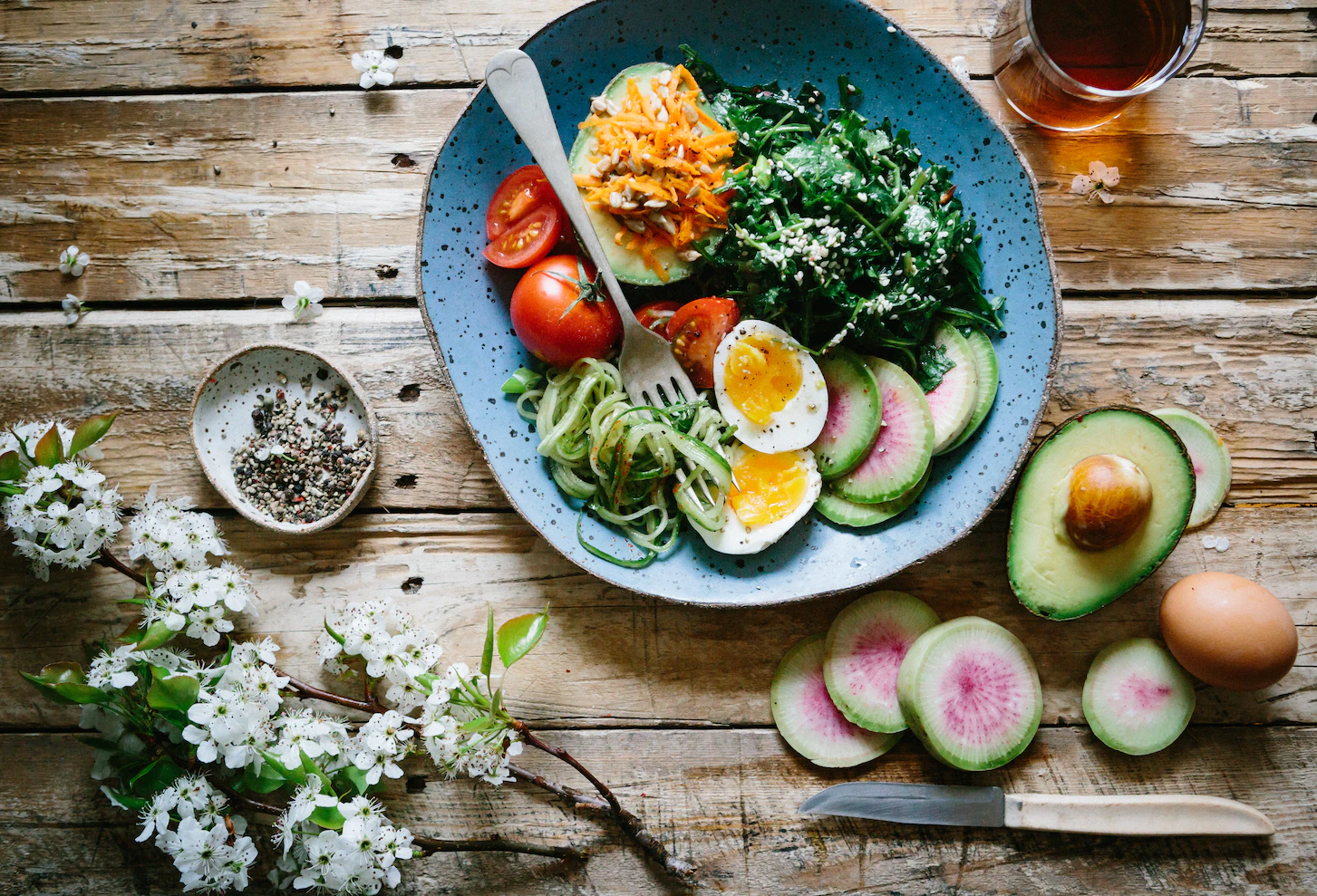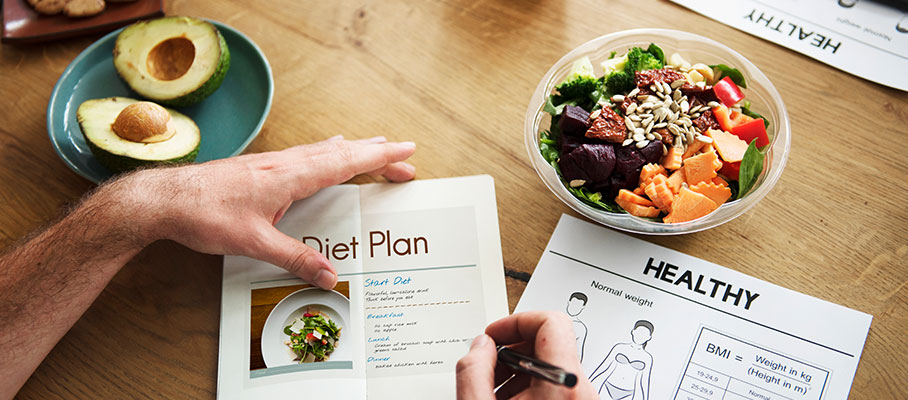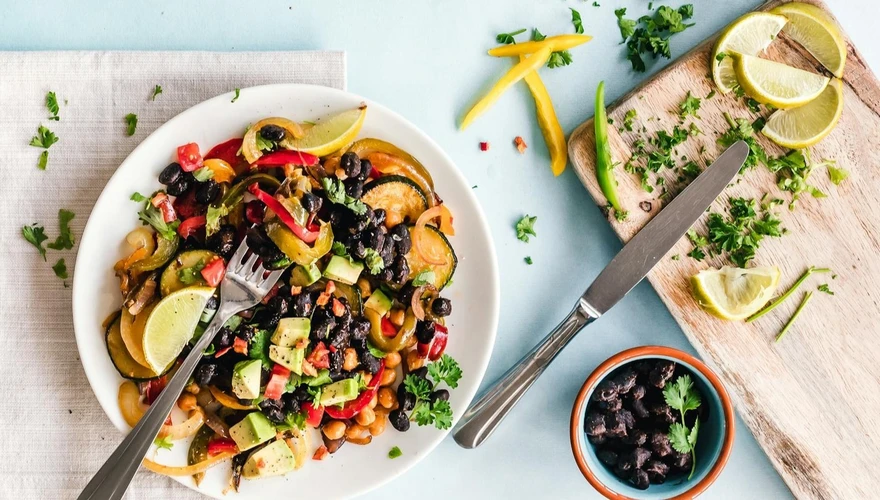dieting tips and tricks
DASH Diet: Chart, Meal Plan, Meaning, and Benefits
Introduction Diabetes is the increased glucose or sugar level in a person’s blood. When your body fails to produce enough insulin, the glucose level in your body rises automatically. The most common type of diabetes is type-2 diabetes. It is prevalent among adults. However, children are often victims of type-1 diabetes. It is also called juvenile diabetes. Diabetes is a common medical condition. According to the World Health Organization (WHO), nearly 422 million people have diabetes. In India, the prevalence of diabetes is almost 11.4%. However, the 2019-2021 reports revealed that India saw 31 million new cases dealing with diabetes, a rise of 46%. The rate of diabetes in the United States is also growing. Almost 37.3 million people covering 11.3% of the total population, have diabetes. What is more disturbing is that many of them are unaware of their condition. Diabetes may damage internal organs like kidneys, heart, eyes, and blood vessels. Nearly 1.5 million people die due to diabetes every year. To curb the growing menace, doctors and dieticians are promoting a new type of diet—dash diet. It is said that dash diets can help you control your blood sugar levels naturally. The dash diet is simple and easy to follow. What is a Dash Diet? DASH stands for Dietary Approaches to Stop Hypertension. As the name suggests, the dash diet is recommended to reduce blood pressure. However, in the past few years, doctors are recommending this diet to patients dealing with diabetes, especially type-2. The diet is simple. It allows you to eat a spoon full of your favourite dish. However, the diet focuses on limiting the quantity of a serving while increasing the number of servings a day. Who is a Preferred Candidate for Dash Diet? Though the dash diet is primarily recommended for people with blood pressure and diabetes, anyone can try it for a healthy life. Research says that the dash diet can positively affect everyone, especially children. You must visit your doctor for a consultation. Once your doctor certifies that you are a good fit for the dash diet, you can rest assured. Visit a designated dietitian and get your diet chart according to your body requirements. Is it Tough to Maintain a Dash Diet? Every new practice seems to be difficult at first. But, once you initiate the program and stick to it diligently, you will find it easy. The dash diet is easy to follow. You can continue enjoying your favourite dishes but in moderation. However, you may have to say goodbye to salty and sweet snacks. Relay your preferences to your dietitian and get a chart prepared accordingly. What Can You Eat in A Dash Diet? You can eat almost everything. The dash diet primarily focuses on whole grains, green vegetables, and lean meat. Let’s dig more into it: Whole grains: Bread, chapatti, pasta made of whole grains, brown rice, oat cereals, quinoa, and other whole grains if possible. Fresh vegetables: All kinds of vegetables, especially green leafy ones like spinach, kale, and collard greens. Add colourful vegetables like carrots, beetroots, beans, bell peppers, and tomatoes Protein (Lean): Chicken, beef, turkey, lamb, and fish. Avoid organ meats like liver and brain—tofu for vegetarians Fruits: Fresh fruits like apples, bananas, berries, citrus fruits, and melons Nuts and Seeds: Almonds, peanuts, pistachios in nuts, sunflower and pumpkin seeds, and lentils and chickpeas in legumes Dairy products: Low-fat milk, cheese, and yoghurt You do not have to go from one store to another to find the right ingredients. All these items are easily accessible in the market. A Sample of Servings Per Day Whole grains: Rice: 98 gms; chapatti: 1; cereals: 28 gms Vegetables: Green vegetables: 30 gms; others: 45 gms Protein: 28 gms; egg:1 Fruits: Apple: 1; others: 40 gms Dairy products: Milk: 240 ml; yoghurt: 285 gms; cheese: 45 gms Oil and fat: Oil: 1 teaspoon; mayonnaise: 1 tablespoon; olive oil for salad: 2 tablespoons Nuts and seeds, and Legumes: Nuts: 50 gms; seeds: 16 gms; legumes: 40 gms You can have snacks in limited servings, 5 or less, weekly. Try to eat in moderation so you do not exceed the 2,000-calorie limit daily. This is a general serving number for each day. Your dietitian will instruct you properly. Book Sugar Test Conclusion Dash diet is for everyone. A good dash diet can reduce the chances of getting diabetes by 20% in the future. You can start a dash diet for your entire family to ensure good health. However, you should always consult a certified dietician and get a customized diet chart for everyone in your family. This is because every individual requires nutrition according to their health condition. It may seem challenging initially, but you will get used to it. Try to follow the instructions of your health provider strictly. You must check your blood sugar level regularly to ensure the changed diet works positively. Metropolis Healthcare stands amongst the leading diagnostic centres in India. They have one of the largest chains spread throughout the country. Visit the nearest Metropolis Healthcare Care to monitor your blood sugar level. They are reputed in the market for their satisfactory services.
9 Tips to Keep Your Dieting on Track and Make Most of It
Healthy eating and lifestyle can help you lose weight, improve your health and wellness, and prevent risk for diseases. Despite all these benefits, it can be hard to stick to a healthy diet because eating healthy is not always easy. If you’ve been dieting for a few months, or just a few weeks, and are finding it challenging to stay consistent and motivated, you are likely not alone. Staying consistent in a diet is way more difficult than starting a healthy diet plan. If you want to know how to keep your dieting on track, here are a few tips to help you stick to your diet plan this time and make most of it. 1. Find your motivation The first step on the journey is "why". Before you even try to decide to make a change, you must first consider why you want this change. Make a list of your reasons, whether that’s a number on the scale or a special piece of your wardrobe, or fitting into a certain pair of jeans, looking your best for an event or something of bigger impact such as preventing a certain disease, improving your self-confidence, living longer and keeping up with grandchildren. Once you've found your motivation, then just hold on to it. Refer to this list when you feel you need a reminder. Thinking about your motivation can help you stay on track.Take care of your health numbers while dieting. Book a test here. 2. Learn important skills Before making healthy changes in your eating habits, you should learn few important skills, such as how to keep yourself focused and motivated every day, how to curb your food cravings, and how to get yourself back on track immediately after a cheat diet. 3. Set realistic goals Always set small, realistic, and achievable goals as goals that are too big and unreal feel too far away to achieve. If you set your goals too high, your plan may backfire. People who expect to lose weight too quickly are more likely to get discouraged and drop out of a healthy diet and weight loss program. Small goals can help keep you going strong because being close to reaching an end target can help you hold out for a little longer. 4. Listen to your body needs Try to understand your body’s true needs. Keeping in tune with your body’s hunger and satiety signals is important for weight loss. Teach yourself the difference between hunger and craving, and eat only when you’re hungry. Next time you feel like eating, pause for a moment and ask yourself whether your body really needs an energy boost or you’re just trying to cure your boredom. Always respect your body and treat it with dignity. Learn to honor your dislikes. If you've tried a specific food several times and don't like it, don't eat it in compulsion. We are fortunate enough to have plenty of food options available to choose from. Eat happily and choose healthy food options. Sure you are taking enough nutrients in diet? Check your vitamins levels here. 5. Aim for consistency, not perfection It’s essential to keep in mind that it’s not always about perfection as much as it is about consistency. And aiming for perfection could end up disappointing you more than it helps. You cannot change your diet overnight and then become perfect with every food choice. Don’t feel like you must avoid any temptation or unplanned cheat meals. Eat in a very healthy way but allow yourself to enjoy some of your favorite foods every once in a while, in moderation. And it’s ok to indulge a little, every now and then. It might even help your progress. 6. Plan your meals ahead People often are not prepared to deal with their temptations before they are in front of them. A pre-planned strategy could increase your chance of success. One of the best ways to keep yourself on track is to plan your daily meal in advance so that you have healthy options on hand if you get hungry. Preparing your meals ahead of time can really help you to stay on course. If you don't cook, then you should have some healthy ready-to-eat snacks. Chances of eating unhealthy food increase when you are hungry and don't have anything healthy to eat. So, keep unhealthy foods out of the house or out of sight. 7. Do eat less but more frequently The best and simple mantra to lose weight is eating fewer calories than you burn. But eating fewer calories doesn’t mean that you have to starve yourself, starving would only slow down the metabolic processes of the body and would harm you and affect you psychologically. Dividing your daily calories into small frequent meals will help you control your appetite and weight. Eating small meals more frequently will fulfill your satiety levels. 8. Make your plate more colorful The best way to get all the essential nutrients, vitamins, and minerals is to include fruits and veggies that make up all the colors of the rainbow. These nutrient-rich foods are high in fiber and water and will give you a feeling of fullness and you won’t feel hungry. 9. Sip slow and more frequently Sipping water all through the day will make you feel fuller and satisfied and you will not feel the need to eat as much. You will have fewer cravings and this will keep you from over-eating. People sometimes confuse thirst with hunger and end up eating unnecessary extra calories. At times when you feel hungry, it could be a sign of thirst. So always sip on some water first to see if the hunger persists. Dehydration can disturb electrolyte levels in your body. Check electrolytes with a quick test. Diet and exercise go together Eating a healthy diet and exercising at the same time increases your chances of success. You will get the results much faster by eating healthy and exercising regularly. Track your food intake and measure your exercise progress to stay motivated and keep going. It may help you stick to a healthy diet and leads to greater weight loss. Rectifying your habits and improving your diet is not easy. However, these tips can help you stay on right track. But they don't include everything. Each dieter is different; you have to find out what works best for you in the long run.
 Home Visit
Home Visit Upload
Upload
















 WhatsApp
WhatsApp